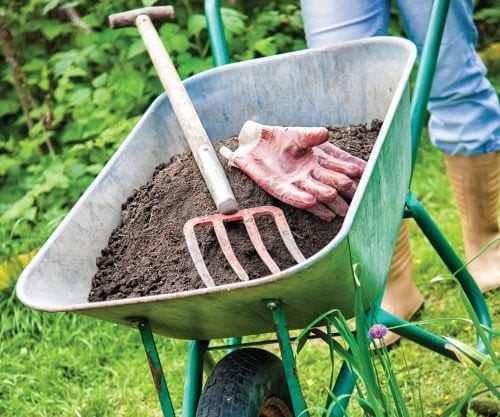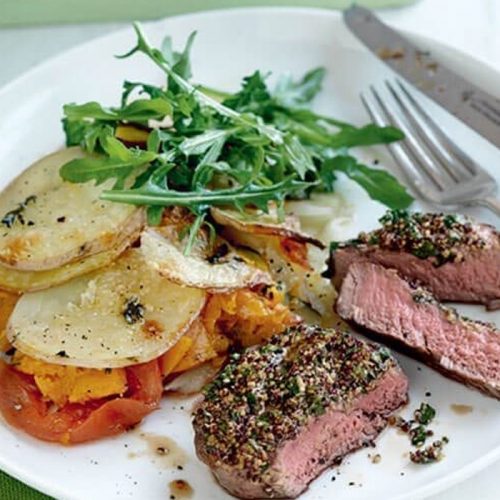
Taking good care of your soil is an important part of making sure your edible garden thrives, says David Haynes.
Rather like the gardener’s body, fatigue can sometimes set in in the soil mid to late summer. Growing food plants takes a lot of goodness from the soil and just as a healthy meal restores body and soul, a boost of nutrients at this time of the year revitalises the vege plot and increases vege quality and quantity.
For leafy greens (eg. lettuce, cabbages, leeks, celery, spinach, silver beet), adding nitrogen-rich food will keep them growing and healthy. Rotted animal manure is a great source of nitrogen and can be piled on without worrying about overdosing. Keep it clear of the base of the plant stems, however, to avoid stem rot. In order to retard plants bolting to flower, keep your greens well watered, as well.
Fruit, such as tomatoes, corn, courgettes, capsicums, chillies, aubergines, cucumbers and squash, will benefit from a feed of both potassium and phosphorus, nutrients contained in wood ash, rotted chicken or bird poo (guano), rock phosphate, comfrey and seaweed.
An alternative to the above organic sources is to use manufactured fertilisers. These are effectively fast food — good for a quick plant feed but do nothing to build up soil ‘muscle’.
The most effective method of nutrient delivery at this time of year is to make a tea out of the aforementioned organic sources, or purchase a concentrate (such as Nitrosol) and spray it on as a foliar feed (applying the liquid directly to the leaves).
Again, like humans, plants also need vitamins and minerals which are depleted from the vege plot mid/late summer.
The most efficient and organic method of mineral provision is to take all the weeds such as chickweed, dandelion, dock, buttercup, broom, gorse, blackberry, nettle, thistles and comfrey (albeit too useful a plant to ever be labelled a weed), stick these in a large bin filled with water, let it brew for at least one month and then spray this fortnightly on to your plants.
For those who are more time poor, buying nitrophoska, or a similar ‘complete fertiliser’ and sprinkling or spraying these round and over plants is an alternative solution.
Gardening Q&A
Q. What can I do to minimise or eliminate club root?
Helen, Opunake
A. Club root is a fungus carried by a single cell – protozoa – which can lie dormant in soil for tens of years. It is impossible to get rid of it completely. There are, however, a number of things you can do which can help to reduce its impact:
- As club root fungi prefers acidic soil, adding lime to the soil every winter will increase the pH making it less habitable for the fungus. Plenty of lime is needed to ensure it penetrates as deep as the brassica roots.
- Keep the soil free-draining and do not over-water. Again, the club root disease thrives in wet conditions.
- Rotate your crops and never plant brassicas in the same spot for at least three years. Without the brassica as a host the club root spores cannot propagate. Note that other plants, such as mustard, also act as a vector for the disease.
- Purchase club root resistant varieties of brassica. There are several seed merchants offering these.
- Some retailers recommend Flusulfamide containing fungicides, or potassium permanganate (Condy’s Crystals). As an organic gardener I have no experience of the effectiveness of these.
www.healthyfood.com










